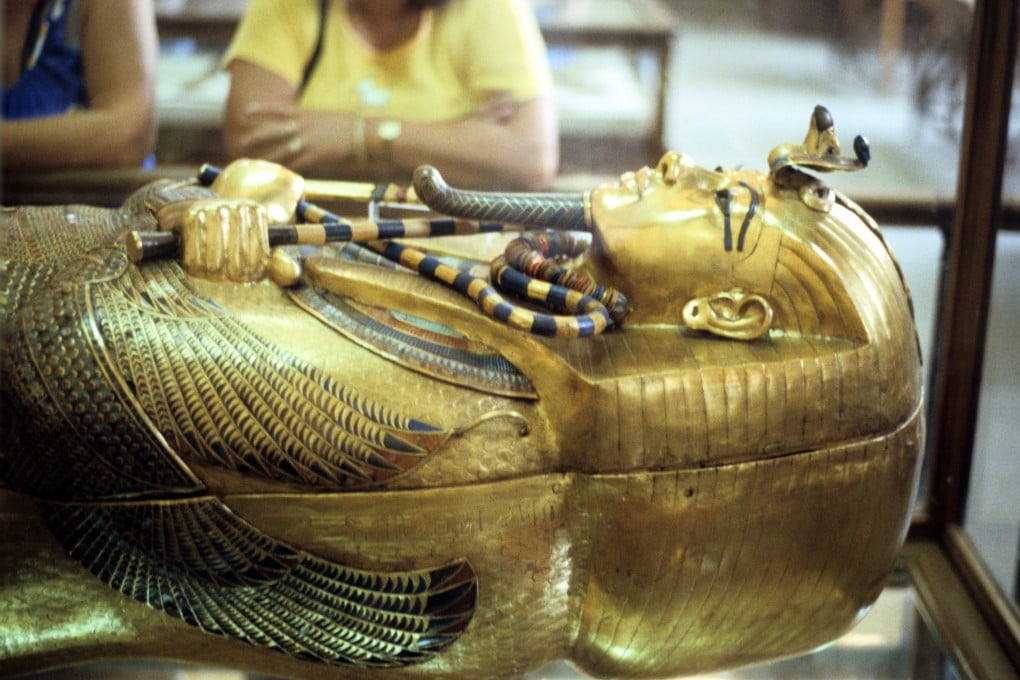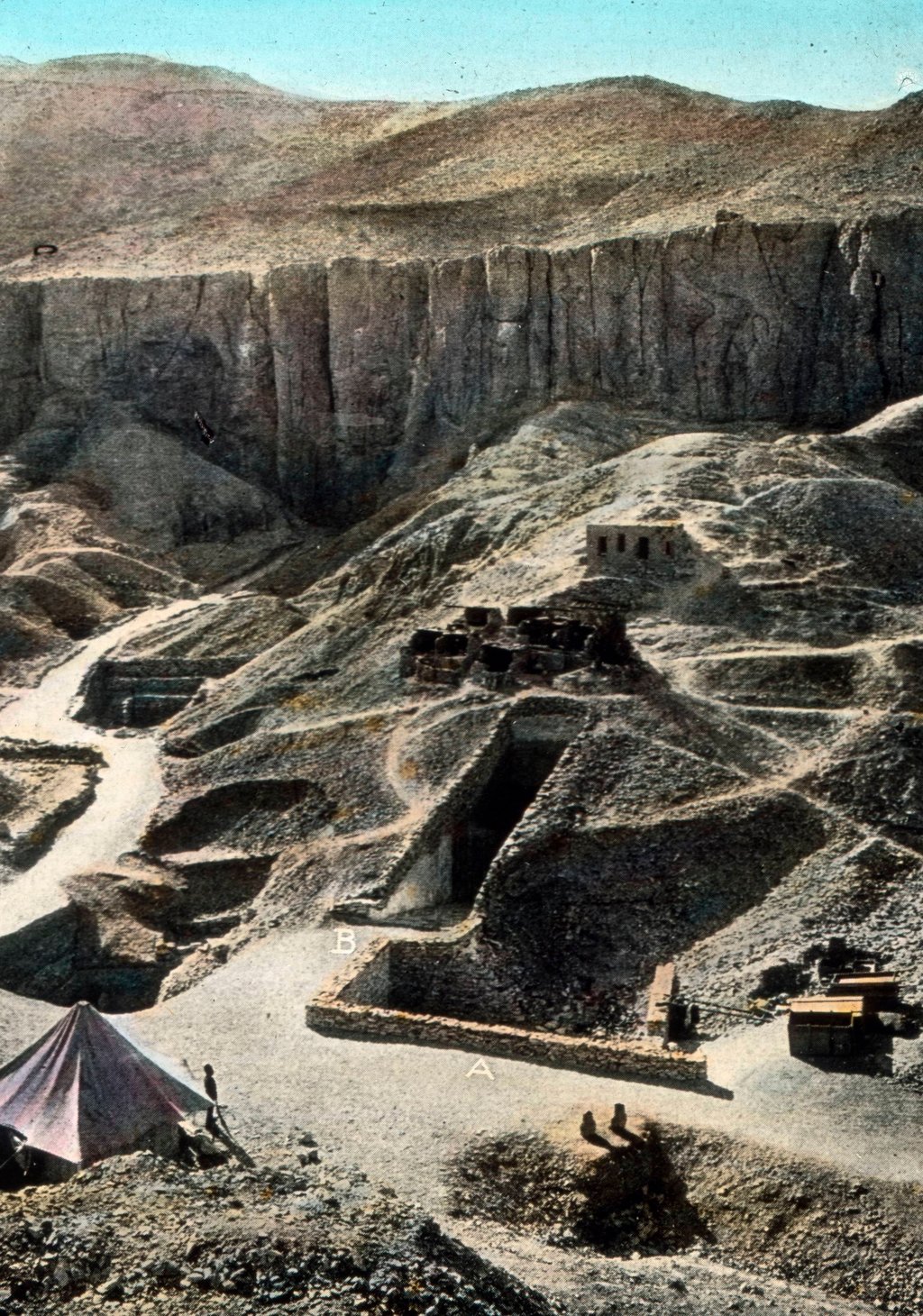How the grave of pharaoh Tutankhamun was found, and ‘the mummy’s curse’ the media peddled when the dig’s sponsor died soon after
- Egyptologist Howard Carter made the find of a lifetime a century ago after a five-year search in the Valley of the Kings for the tomb of the boy king Tutankhamun
- His search was followed closely by London’s newspapers; some made up stories such as ‘the mummy’s curse’ said to have killed Carter’s sponsor, Lord Carnarvon

Ancient Egyptians made him a god.
Modern Egyptologists made him immortal.
When Tutankhamun came to the throne around 1330BC, he still counted his age in single digits. When he died, his body weakened by malaria, Tut was not quite 20. His death was so sudden he was buried in a borrowed tomb.
And then, eventually, forgotten.

“Thirty centuries and more would pass before Tutankhamun’s name was heard again in the Valley of the Kings, after an American digger’s chance discovery of a few scraps of burial equipment,” writes Nicholas Reeves in The Complete Tutankhamun: 100 Years of Discovery.
In 1909, that find led explorer Theodore M. Davis – a retired businessman and amateur archaeologist – to a small underground chamber. He proudly announced he had found Tut’s tomb.